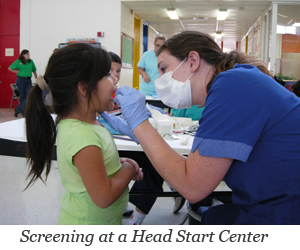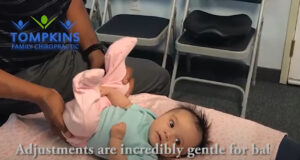
Do you remember building a sandcastle on the beach as a child? The wet sand was perfect for building your creation! If you were like me, as you were working, perhaps you found yourself racing against time as the tide began coming closer and closer. No amount of yelling, lecturing, or commanding kept the tide at bay. In the end, the water reclaimed it’s ownership of that part of the beach.
I find this analogy a lot like parenting children who, amazingly (and sometimes frustratingly), are born with a mind and a will of their own. More often that not, we have their best interests in mind when we say “no”, or “wait”. Typically, we have a better idea of what the “future” will hold for them with a decision that they are about to make (or at least we hope we do)!
In the end however, there is so much that we can’t control. Just like we can’t control the ocean’s tides, we can’t control what our children do or think. For example, we really can’t control things like how much they are willing to eat, when they fall asleep, if they will choose to obey, if they will be kind to their friends, if they will treat us with respect, if they will sit and learn, etc.
However, going back to our ocean analogy, other than huge storms, the tides still have boundaries. They only come in and out within the parameters “set”. This principle helps us to see how “Enforceable Statements” can help us stay out of power struggles with our kids – especially those that we are likely unable to truly enforce.
Here are some examples of what I mean:
“I give dessert to kids who eat all their dinner.”
“It is bedroom time, you may read or play quietly as long as it doesn’t cause a problem for me or your sisters.”
“You can drive the family car as long as you have a 3.0 GPA.”
“I will drive the car when it is quiet and your seatbelt is on.”
“You are welcome to watch TV as long as I don’t hear arguing.”
“You can play your video games for 30 minutes when I have checked your homework.”
“You are welcome to watch TV when you are ready for bed – as long as it is before 8:00PM”
“Feel free to pick out your own shirt as long as it meets the school dress code.”
“I am happy to do the laundry that is in the hamper by Friday night.”
“I do the things I do for you when I feel treated with respect and the chores are done.”
“You are welcome to play outside as long as your homework is finished by 4:00PM.”
“Feel free to eat as much dinner as you need to last you until breakfast.”
Notice that in each of these examples, there is a parameter that is set (a boundary about dessert, dinner, driving, TV, laundry, etc.) There is also freedom and choice around that parameter. Much like the waves of the ocean that are impossible to control, the emotions and will of our child is also difficult to control. When we control the parameters that we can (like the boundaries of the ocean), and allow our child to learn from the consequences of their choices (how far in or out the tide is going), we stay out of power struggles, remain calm, and keep our relationship strong.
Robin Blumenthal, M.A., is a Certified ACEs Trainer, Speaker, and Author of, Where in the Zoo Are You, she is also an Independent Facilitator of the Love and Logic® Curriculum since 2006
Website: https://www.robinblumenthal.org



